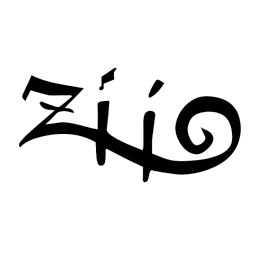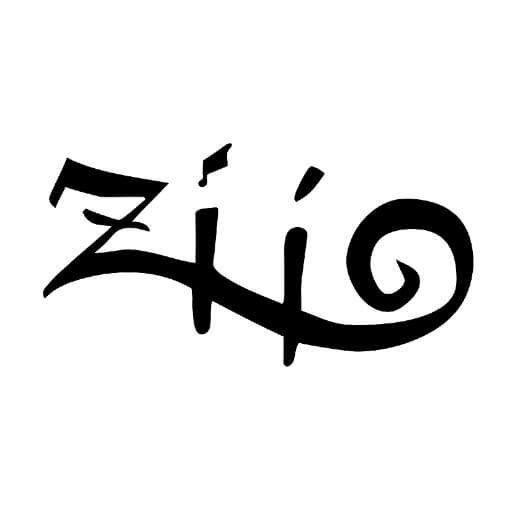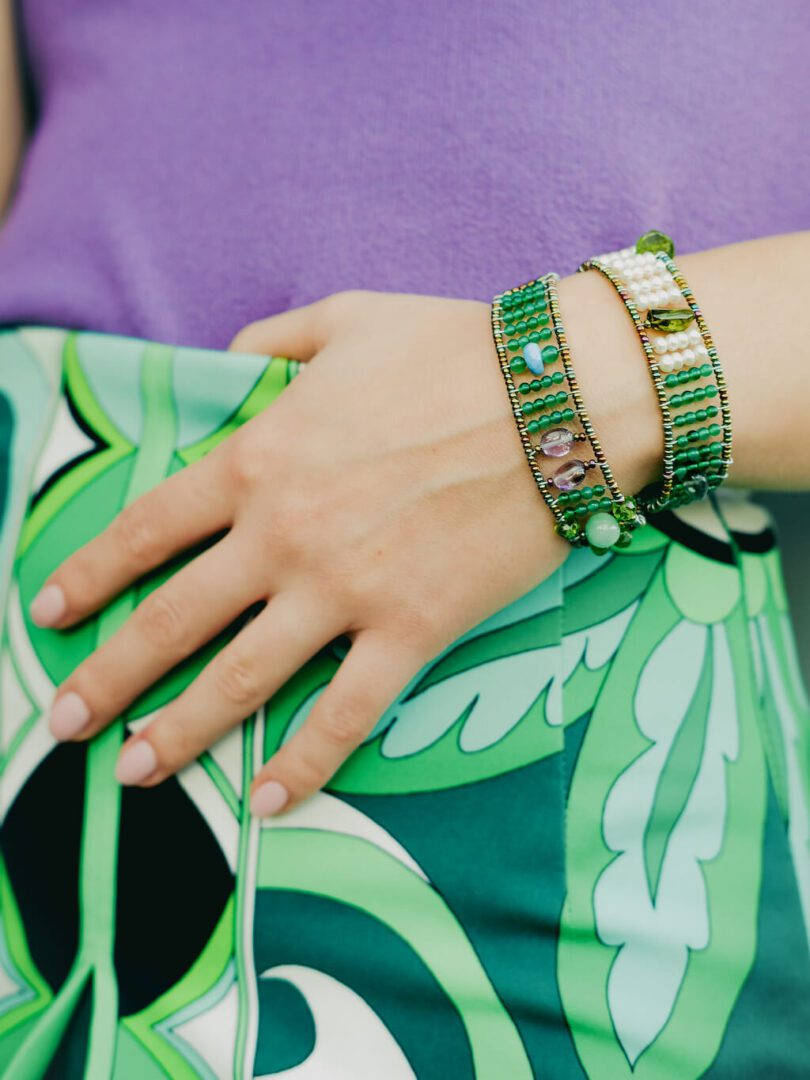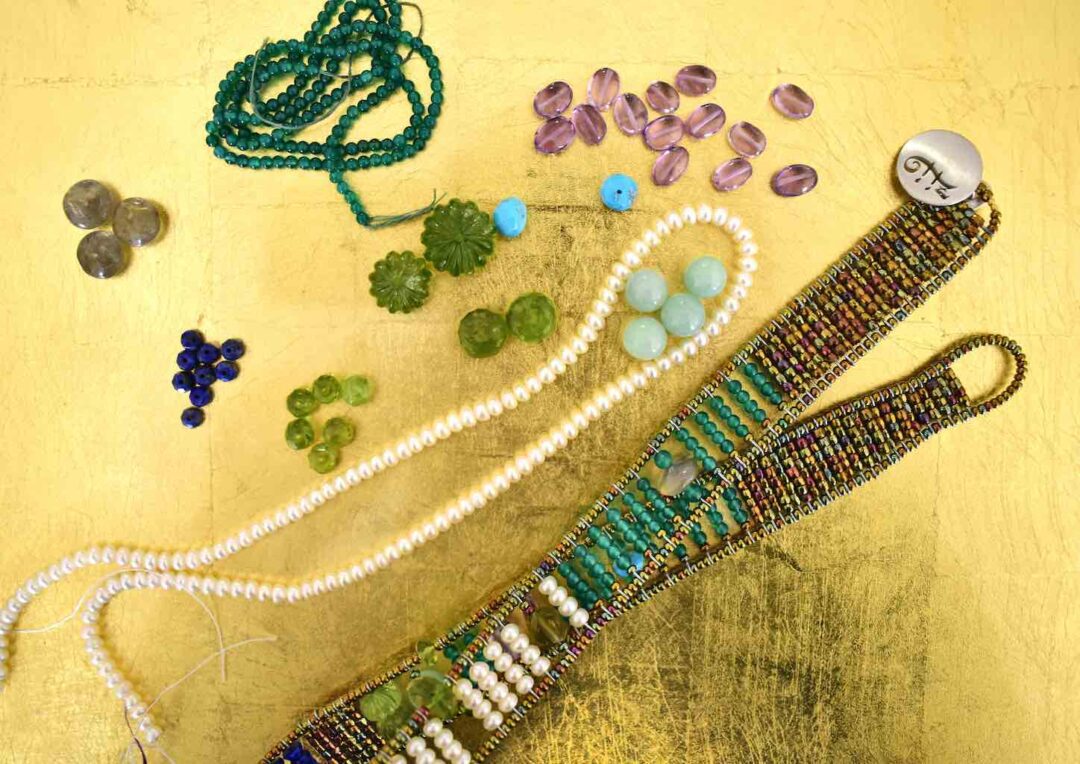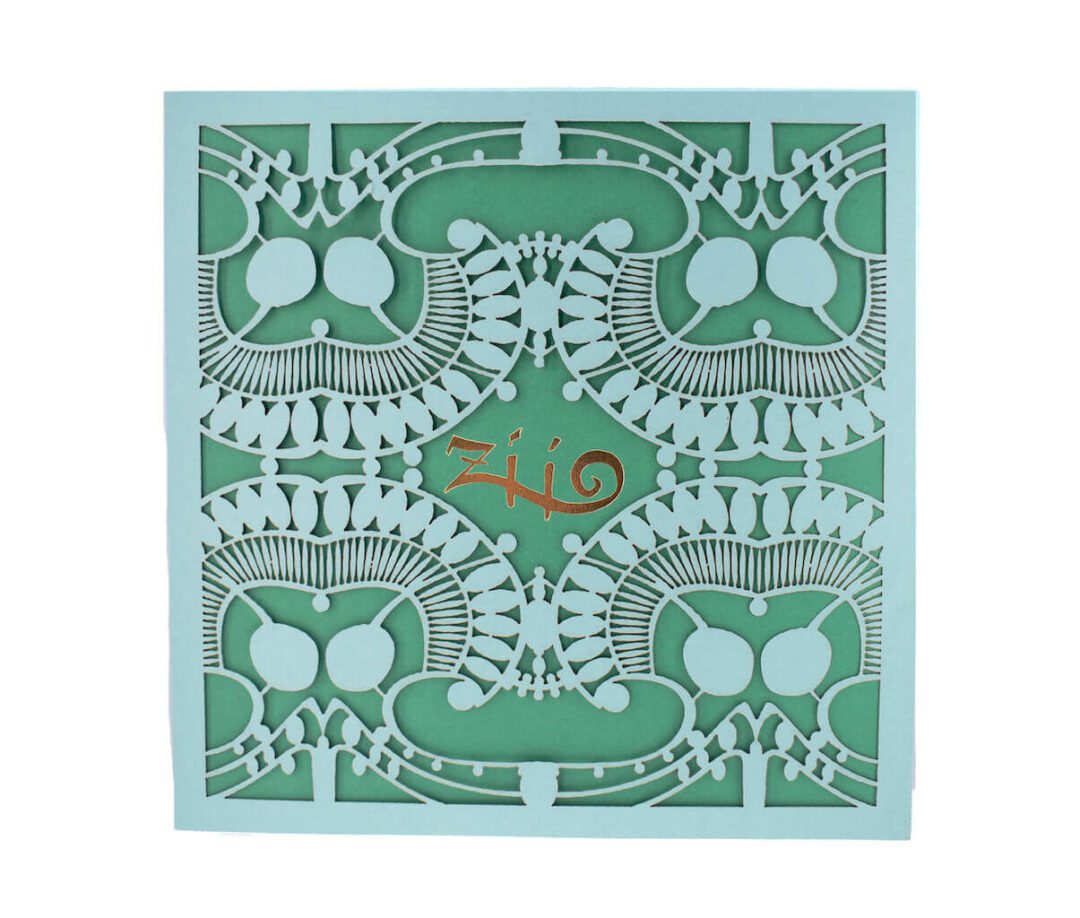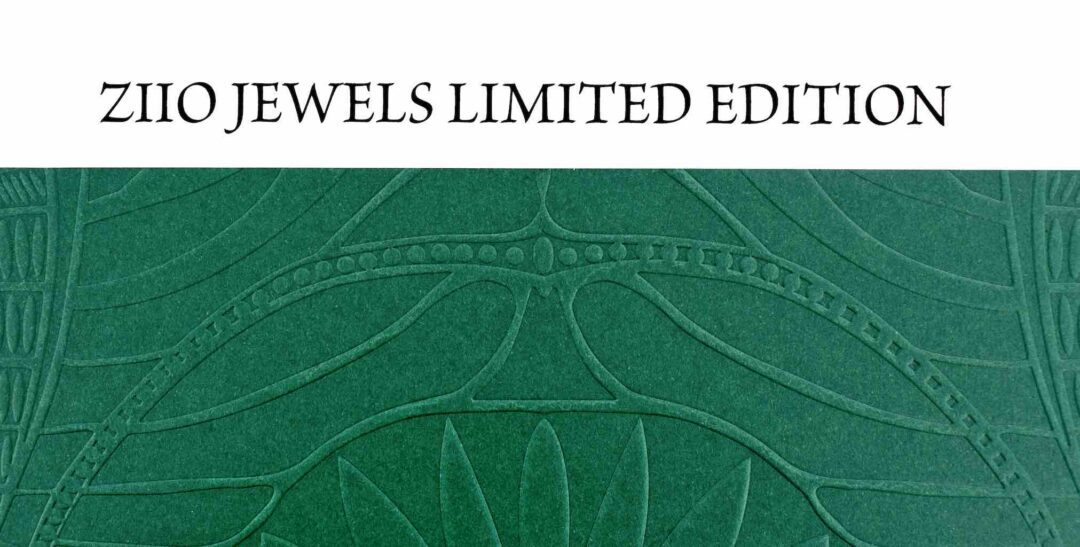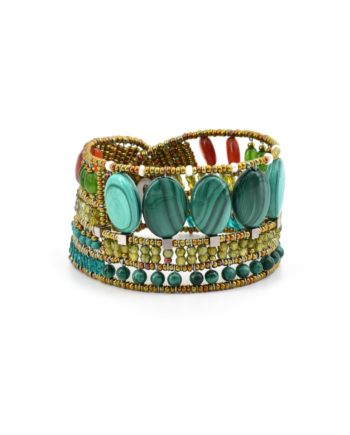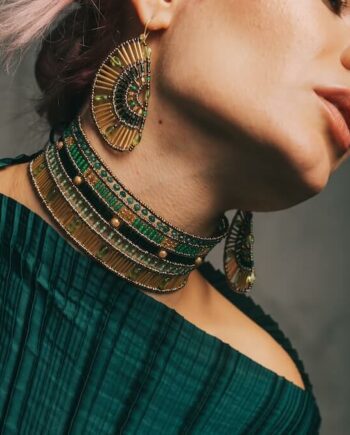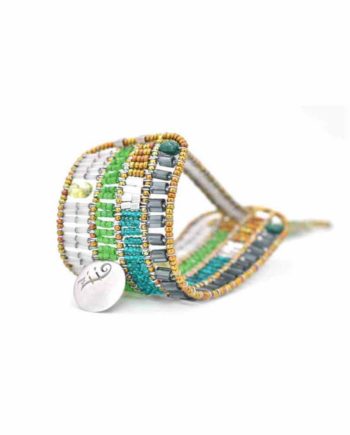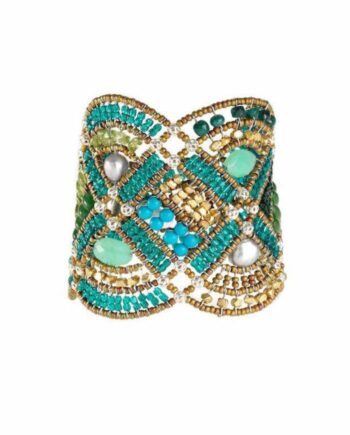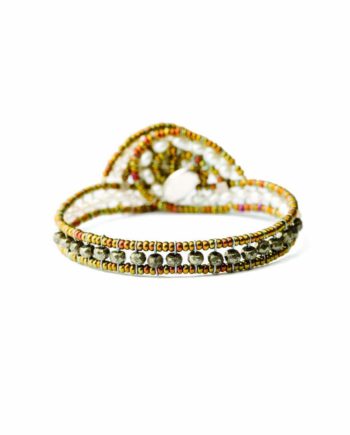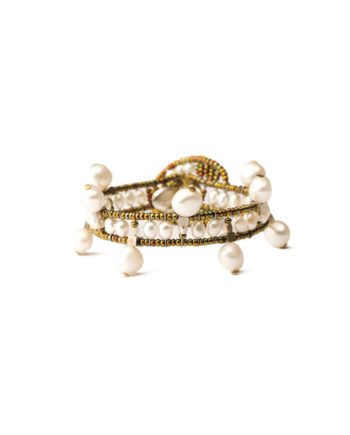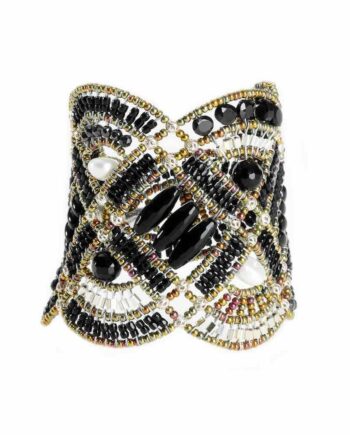Description
Bracelet Boa Evergreen
Bracelet Boa Evergreen belongs to the Limited Edition Collection.
Composition: Amethyst, Aventurine, Jade, Grosularia, Labradorite, Lapis Lazuli, Murano glass beads, Peridot, Silver 925, Tourmaline, Turquoise, Water Pearls.
Bracelet Boa Evergreen is produced in a limited quantity of 20 Pieces.
The Ziio Limited Edition collection represents the excellence of craftsmanship, thanks to the attention to detail and the use of traditional manufacturing techniques. Each piece of jewellery is unique, crafted with great skill and attention to detail, making it a precious token to be treasured forever.
Thanks to their beauty, elegance and quality craftsmanship, these jewellery pieces have become a must-have for lovers of fashion and high-quality craftsmanship.
In short, Ziio Limited Edition jewellery is a work of art, a perfect choice for those seeking an experience of luxury and exclusivity.
The Boa style is definitely Ziio’s emblematic bracelet. Free expression of colors, chosen from hundreds of materials, gives an unusual touch and harmonious combination.
Original, Authentic, Handmade.
“Ziio is unique as any woman who wears it”
Warranty 2 years
Contacts: customercare@ziio.eu

Grossularia
Grossularia stones can vary from light green to dark green, to shades of yellow, brown and red.
The hardness of Grossularia stones ranges from 6.5 to 7.5 on the Moh hardness scale. Grossularia stones have a glassy or pearly lustre.
Amethyst
Amethyst is a gemstone belonging to the quartz family, which is characterised by its beautiful violet colour. Amethyst has an intense violet colour, which can vary from pale violet to deep, dark violet. The shade of the colour depends on the amount of iron present in the stone.
Amethyst is found in many parts of the world, including Brazil, Uruguay, Zambia, Namibia, Russia and the United States.
Jade
Jade is a term used to describe two different types of gemstones: jadeite and nephrite. Jadeite is a sodium-rich aluminium silicate and is mainly found in Myanmar (formerly known as Burma). Nephrite is a calcium-magnesium silicate and is found in several locations, including China, Russia and Canada.
The use of jade dates back thousands of years.
In Chinese culture, jade has long been associated with virtue, longevity and prosperity. It was often used to make ornamental objects, such as statuettes and ceremonial objects, as well as jewellery.
In pre-Columbian Mesoamerica, the Olmec and Maya civilisations also valued jade highly. In these cultures, jade was associated with power and was often reserved for the ruling elite.
Labradorite
Labradorite is a type of feldspar mineral known for its beautiful and unique iridescence. It was first discovered in the late 1700s on the Labrador Peninsula in Canada, from which it takes its name.
According to Inuit legend, the Northern Lights (or Aurora Borealis) were once trapped in the rocks along the Labrador coastline. A warrior found the rocks and freed them with a spear, but some lights became trapped in the rocks, creating the iridescent effect seen in labradorite.
Lapis lazuli
Lapis lazuli is a deep blue gemstone, highly prized throughout history. Its name comes from the Latin word ‘lapis’, meaning ‘stone’, and the Persian word ‘lazhward’, meaning ‘blue’. Lapis lazuli was first mined in the ancient world, in what is now Afghanistan. It was highly valued by the ancient Egyptians, who believed the stone had magical and protective properties.
Lapis lazuli was also highly valued in ancient Rome and was used to make ornamental objects such as vases, bowls and statuettes. It was also ground into powder and used as a pigment for painting. It has been used to create the deep blue colour of the Virgin Mary’s robes in many Renaissance paintings.
Peridot
Peridot is a green-coloured gemstone formed from the mineral olivine. It has been mined for thousands of years. The oldest known peridot mines are on the Red Sea island of Zabargad. The Egyptians obtained the stone as early as 1500 BC.
Peridot was particularly popular during the Baroque period in Europe, when it was used to create elaborate jewellery for the nobility. Tourmaline
Tourmaline
Tourmaline is a gemstone with vibrant hues and striking beauty. The name ‘tourmaline’ comes from the Sinhalese word ‘turmali’, meaning ‘mixed colours’. In fact, tourmaline crystals can have multiple colours or shades.
Tourmaline is a complex boron silicate mineral. Its colouring can be attributed to the presence of various trace elements in its crystal structure. These elements can cause the stone to exhibit a wide range of colours: pink, red, green, blue, purple, yellow and brown.
This stone was particularly popular in the Art Nouveau and Art Deco periods of jewellery design, where its vibrant colours and geometric shapes were used to create bold and innovative designs.
